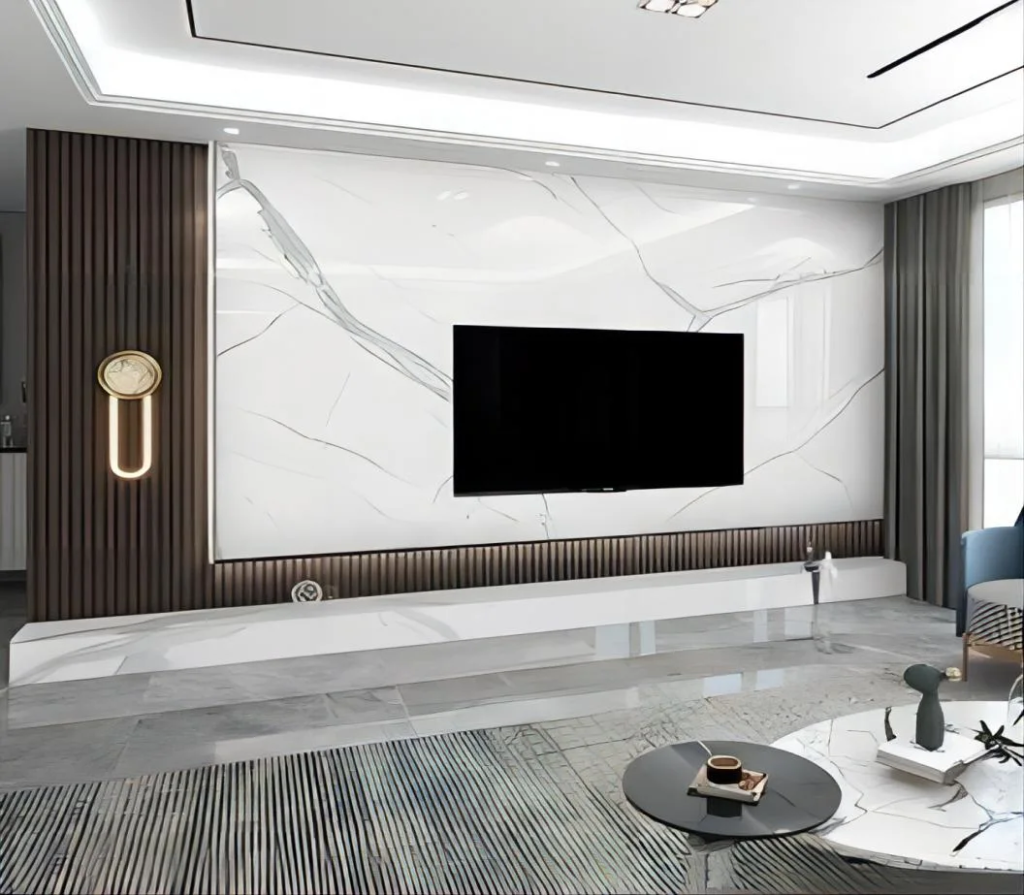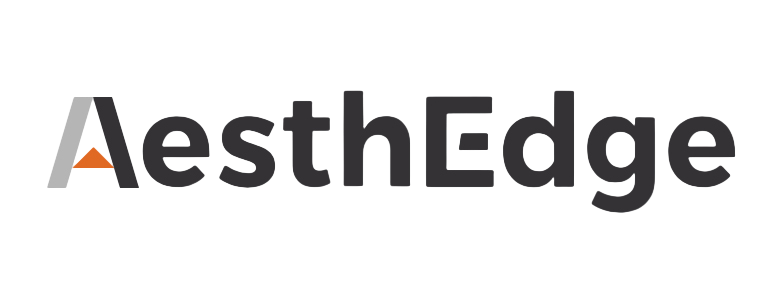UV sheets, often made from materials like polycarbonate or acrylic, are designed to block or filter out ultraviolet (UV) radiation from the sun. These sheets have a variety of applications in construction, agriculture, and manufacturing. Here are some advantages and disadvantages of using UV sheets:

Advantages of UV Sheets
- UV Protection:
- Human Health: UV sheets block up to 99.9% of harmful UV radiation, reducing the risk of skin cancer, sunburn, and eye damage for people exposed to sunlight beneath these sheets.
- Material Preservation: By filtering UV rays, these sheets protect furnishings, artwork, and other materials from fading and deterioration, extending their lifespan.
- Durability:
- UV sheets are often made from polycarbonate or acrylic, which are known for their impact resistance and strength. This makes them suitable for environments exposed to harsh weather conditions, reducing the need for frequent replacements.
- Light Transmission:
- UV sheets can transmit up to 90% of visible light, ensuring bright and well-lit spaces while blocking UV rays. This is particularly beneficial in applications such as greenhouses, where plants require ample light but need protection from UV radiation.
- Energy Efficiency:
- By blocking UV rays and reducing heat buildup, UV sheets help maintain cooler indoor temperatures. This can lead to significant energy savings, as air conditioning systems do not have to work as hard to cool the space.
- Versatility:
- UV sheets are used in various applications including roofing, skylights, greenhouses, pergolas, and protective covers for vehicles and machinery. They are suitable for both residential and commercial use.
- Aesthetic Appeal:
- Available in different colors, textures, and finishes, UV sheets can be customized to match the design requirements of different projects, adding both functionality and aesthetic value.
Disadvantages of UV Sheets
- Cost:
- The initial investment in UV sheets is higher compared to traditional materials like glass or plain polycarbonate. This can be a deterrent for budget-conscious projects.
- Maintenance:
- Despite their durability, UV sheets can accumulate dirt, dust, and debris over time, necessitating regular cleaning to maintain their transparency and effectiveness. Improper cleaning methods can scratch the surface, reducing their clarity and UV-blocking capability.
- Installation:
- Installing UV sheets may require specialized tools and techniques, especially for larger or more complex structures. Incorrect installation can lead to problems like leaks, improper fitting, and reduced performance.
- Thermal Expansion:
- Materials like polycarbonate have high thermal expansion coefficients, meaning they expand and contract significantly with temperature changes. This requires careful consideration during installation to allow for movement and prevent warping or cracking.
- Limited Lifespan:
- Although UV sheets are designed to last, their effectiveness can diminish over time, especially with prolonged exposure to extreme weather conditions. The UV protective layer can wear off, reducing their ability to block harmful rays.
- Potential for Scratches:
- While durable, UV sheets made from polycarbonate or acrylic can be prone to scratching. Scratches can not only affect the aesthetic appeal but also reduce the sheet’s optical clarity and UV-blocking properties. Special coatings are available to enhance scratch resistance, but they add to the cost.
Applications of UV Sheets
- Construction:
- Used for skylights, roofing, and glazing to provide natural light while protecting interiors from UV radiation.
- Agriculture:
- Ideal for greenhouses, allowing sunlight to penetrate while shielding plants from harmful UV rays, promoting healthy growth.
- Automotive:
- Applied in sunroofs and windows to protect occupants from UV exposure and reduce heat buildup inside vehicles.
- Commercial Spaces:
- Used in awnings, canopies, and outdoor seating areas to create comfortable and protected environments for customers.
- Residential Use:
- Perfect for patios, pergolas, and conservatories, enhancing outdoor living spaces while providing UV protection.

Want to know more information about UV sheet, such as price, color, type, etc. Welcome to contact us!https://wpcspc.com/contact-us/





